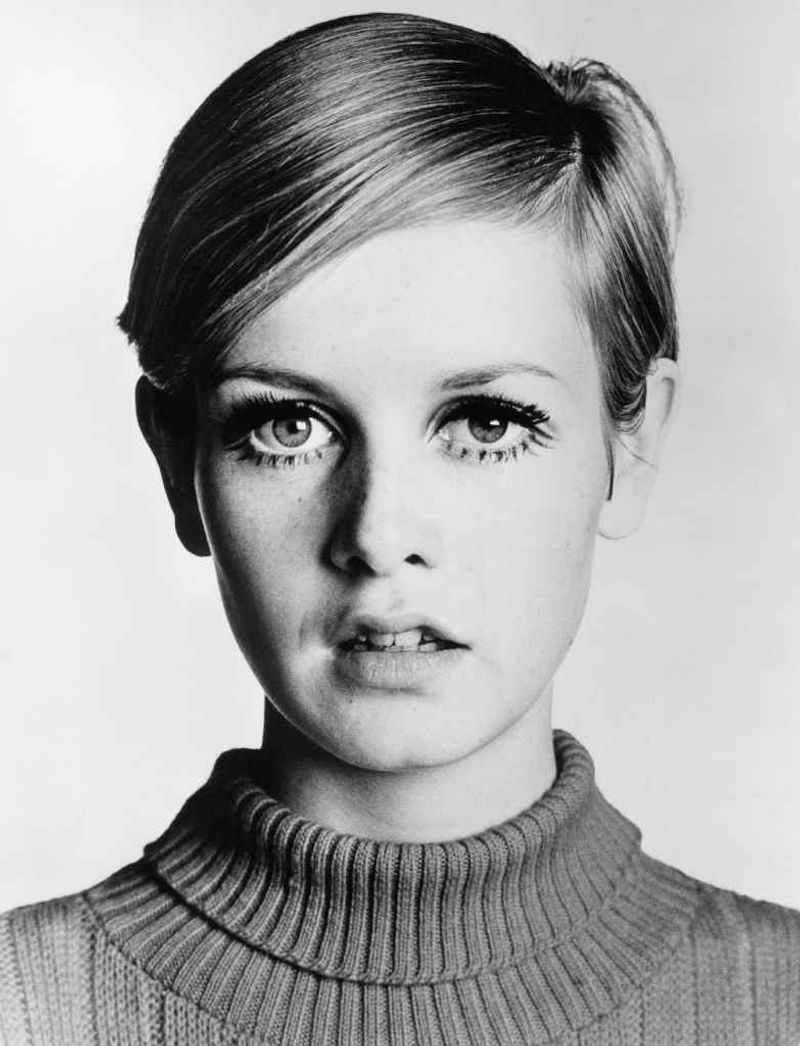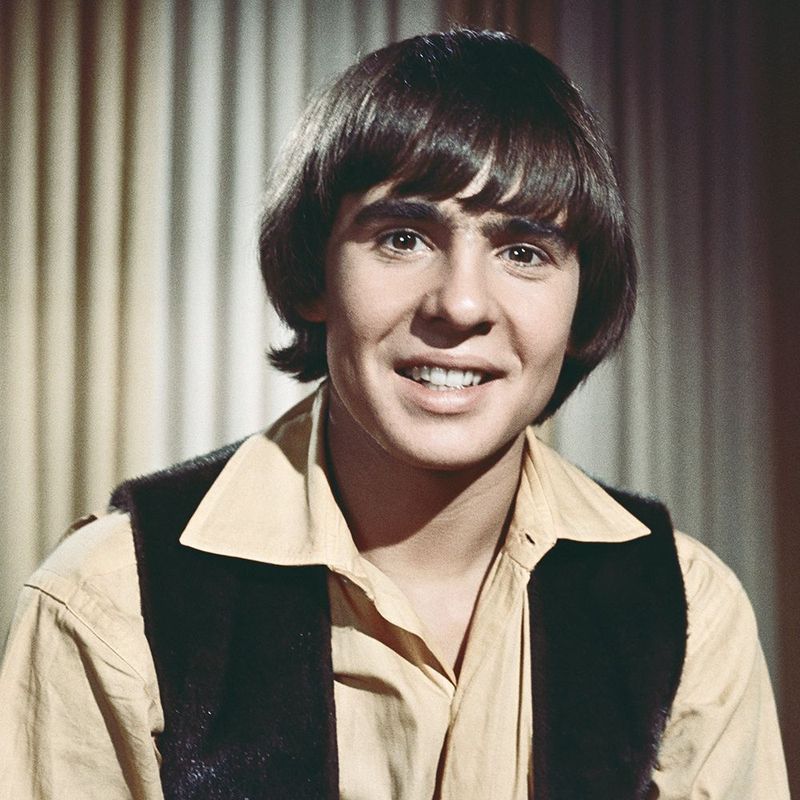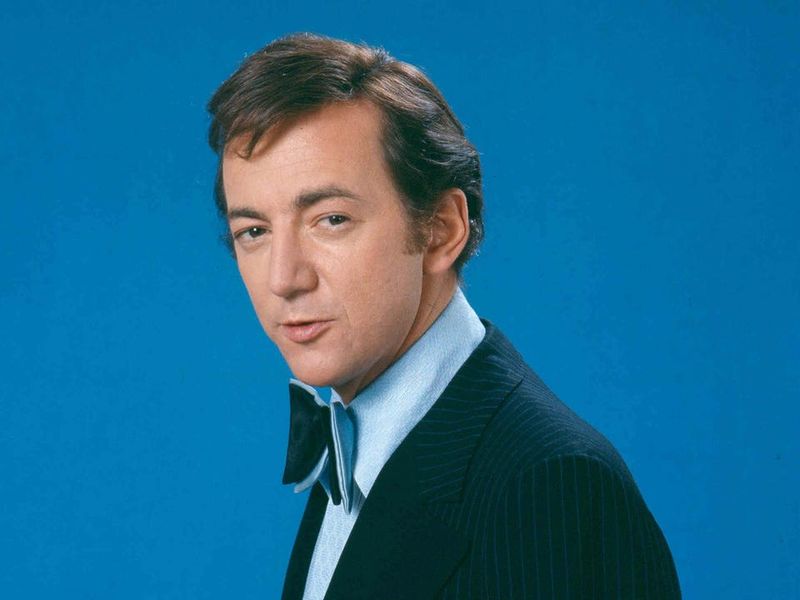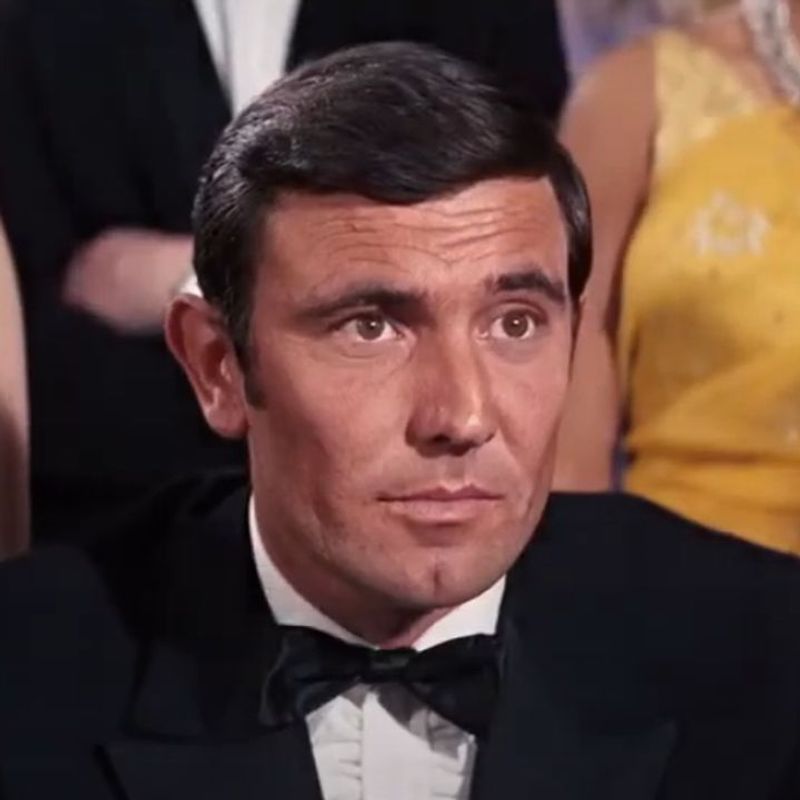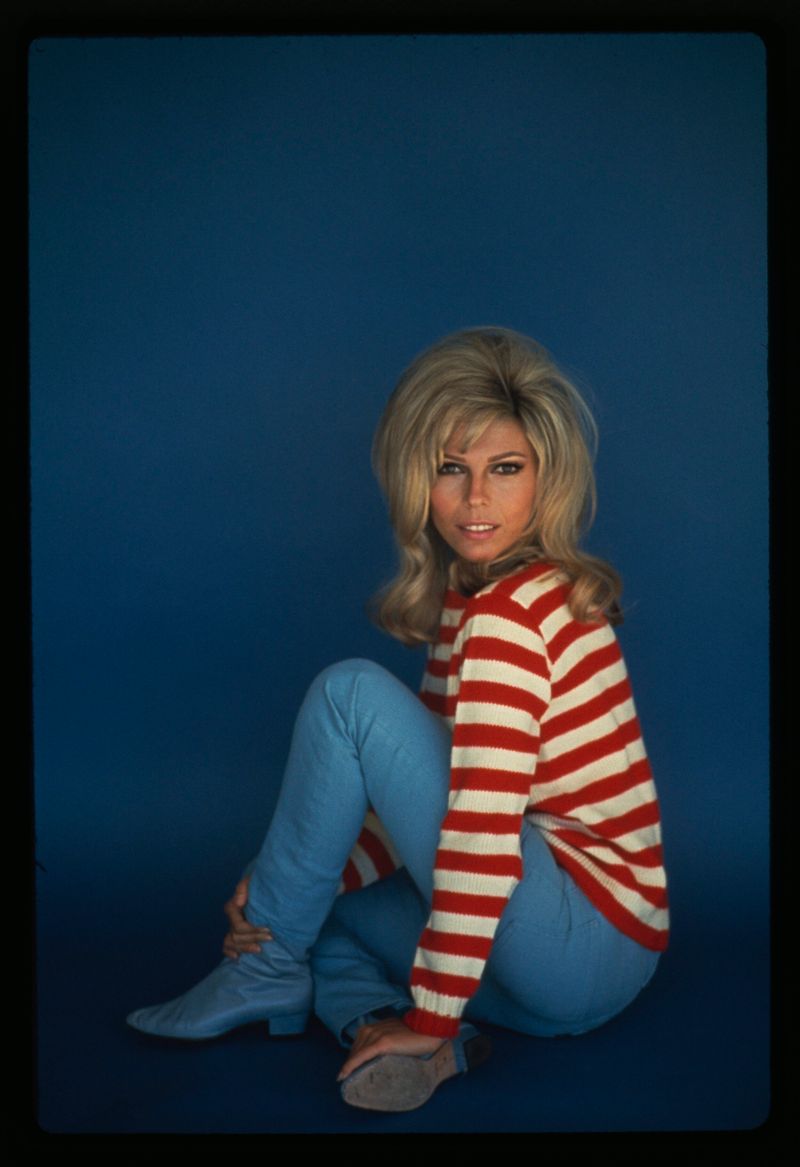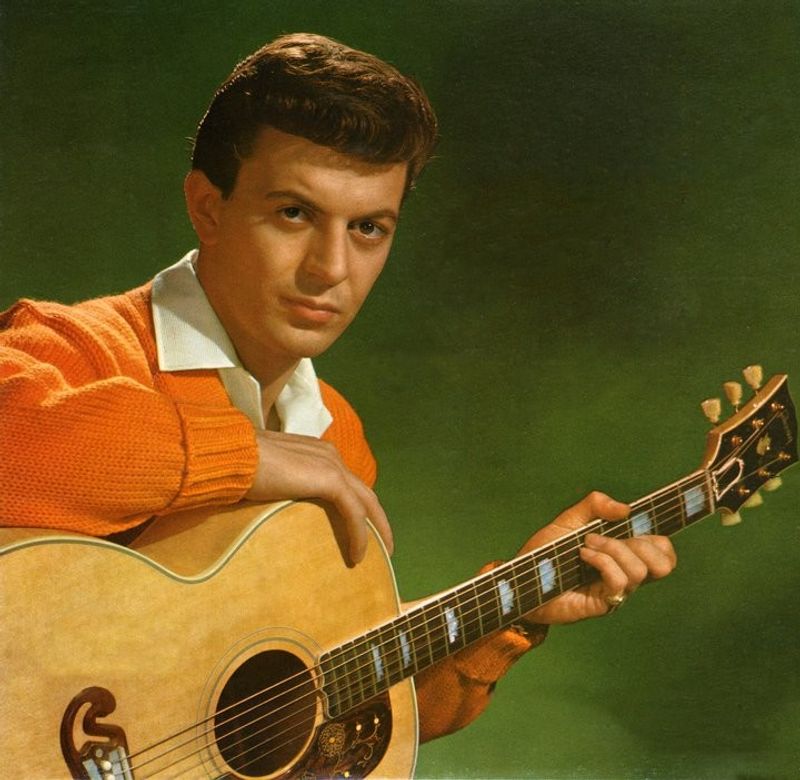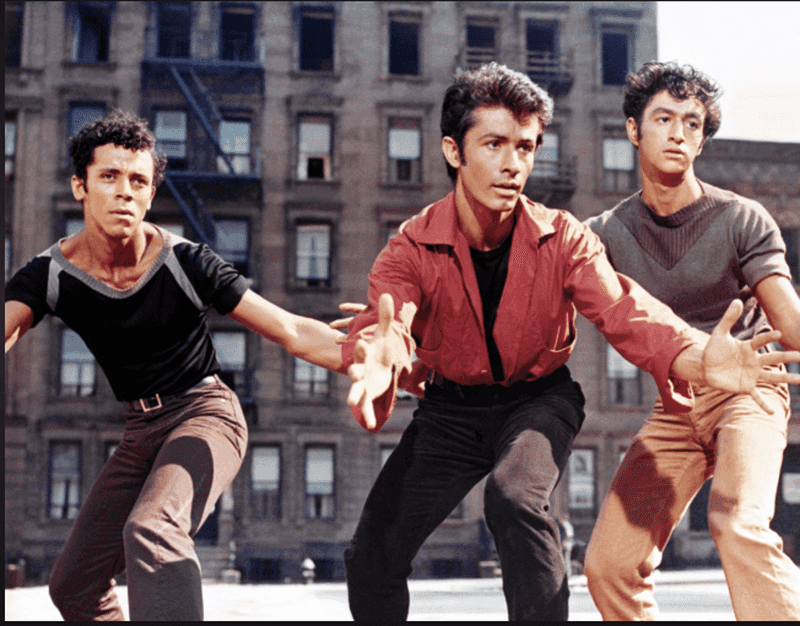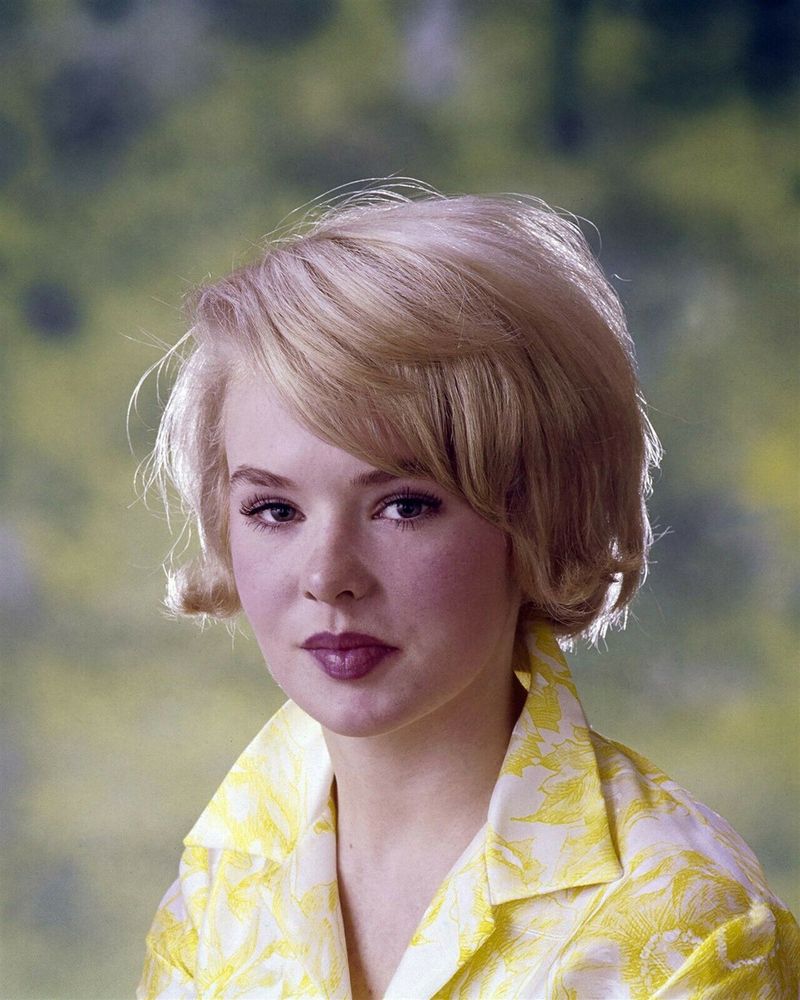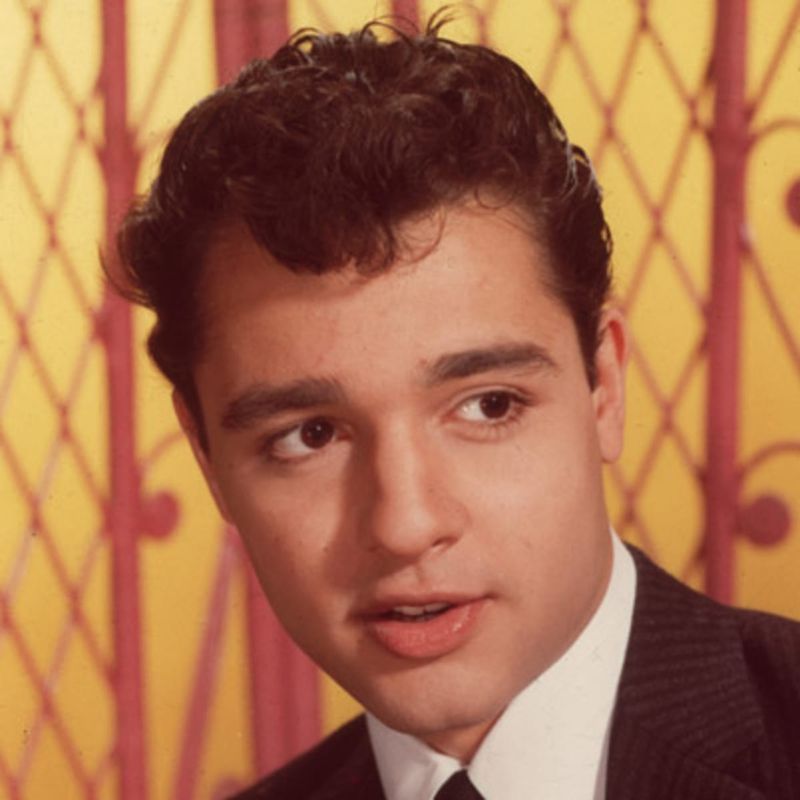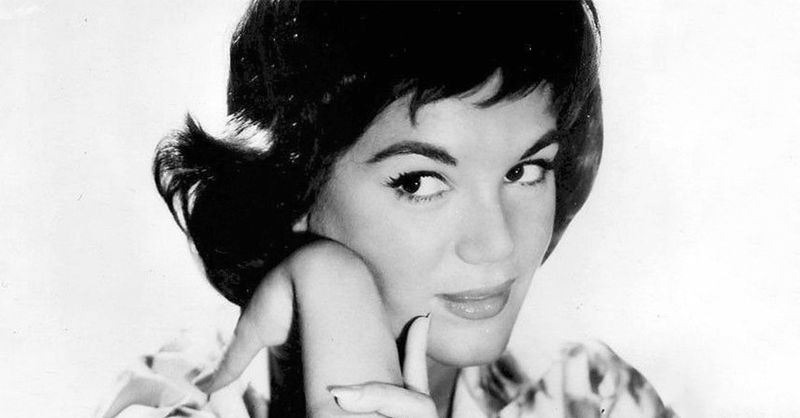The 1960s birthed some of the most iconic stars in entertainment history. These luminaries rode high on waves of adoration, magazine covers, and hit records. But fame can be as cruel as it is kind.
For these 15 stars of the swinging sixties, the spotlight’s glow eventually dimmed, leaving them to navigate a world that had once worshipped at their feet.
1. Twiggy: The Waif Who Defined an Era
Those enormous eyes and that boyish haircut turned London model Lesley Hornby into fashion royalty overnight. At just 16, she wasn’t just booking photoshoots—she was reshaping beauty standards worldwide with her 91-pound frame and painted-on eyelashes.
Magazine editors couldn’t get enough of her revolutionary look. Teenage girls starved themselves to achieve her silhouette. But fashion’s fickle nature soon revealed itself.
By the early 1970s, as voluptuous figures returned to favor, Twiggy found herself suddenly passé. Her pivot to acting and singing brought modest success, but the fervor that once surrounded her androgynous appeal had evaporated almost as quickly as it appeared.
2. Herman’s Hermits: The Band That Briefly Outshone The Beatles
With their clean-cut image and catchy tunes, these Manchester lads led by Peter Noone captivated America so completely that in 1965, they actually outsold The Beatles. Their wholesome brand of pop delivered hits like “Mrs. Brown, You’ve Got a Lovely Daughter” in Noone’s charming accent.
Screaming fans mobbed them everywhere. Their faces graced lunchboxes and magazine covers across the globe.
Then came the psychedelic revolution. Suddenly, their innocent sound seemed childish against Hendrix’s guitar wizardry and The Doors’ brooding intensity. As flower power bloomed, Herman’s Hermits wilted, becoming overnight relics of a more innocent era that youth culture had decisively abandoned.
3. Sandra Dee: America’s Sweetheart Left Behind
Blonde, perky, and perpetually virginal—Sandra Dee embodied the pre-sexual revolution ideal of American girlhood. Her portrayal of “Gidget” made her a household name, while her real-life marriage to singer Bobby Darin created Hollywood’s perfect couple.
Studios carefully crafted her squeaky-clean image. Behind the scenes, though, Dee battled anorexia and the aftermath of childhood sexual abuse.
When the counterculture exploded, her carefully manufactured innocence suddenly seemed artificial and outdated. New Hollywood embraced gritty realism while Dee became shorthand for outdated values (immortalized in the song “Look at Me, I’m Sandra Dee” from Grease). Her divorce from Darin, alcoholism, and health problems further accelerated her fall from grace.
4. The Monkees: The Pre-Fab Four’s Rebellion
Assembled by TV producers to capitalize on Beatlemania, these four actors-turned-musicians became legitimate pop sensations. Their hit show brought weekly madcap adventures into American living rooms, while songs like “I’m a Believer” topped charts worldwide.
At their peak, The Monkees outsold both The Beatles and The Rolling Stones combined. Teen magazines couldn’t print enough stories about Davy, Micky, Peter, and Mike.
Their downfall began when they fought for creative control, alienating their creators. The shocking revelation they didn’t play instruments on their early records sparked ridicule. Though they eventually proved themselves as legitimate musicians, the damage was done. Their TV show was canceled, and the band that once filled stadiums struggled to find an audience beyond nostalgic fans.
5. Davy Jones: The Heartthrob Who Couldn’t Escape His Past
Standing just 5’3″, Davy Jones possessed an oversized charisma that made him The Monkees’ breakout star. His British accent and boyish looks drove teenage girls wild—his appearance on The Brady Bunch remains legendary among boomers who crushed on him from afar.
Fan clubs dedicated to Davy boasted thousands of members. His face appeared on everything from pillowcases to bubble gum cards.
After The Monkees disbanded, Jones discovered that being the cute one in a manufactured band created a typecasting impossible to shake. Despite his theatrical background and genuine musical talent, producers saw only the former teen idol. Though he maintained a career performing Monkees hits until his death in 2012, the stratospheric fame of his youth remained frustratingly unrepeatable.
6. Janis Joplin: The Supernova That Burned Too Bright
Raw, uninhibited, and utterly electric—Janis Joplin shattered expectations of how women in rock should look and sound. Her gravelly, emotional performances at Monterey Pop and Woodstock showcased a talent that seemed almost supernatural in its intensity.
The Texas-born singer’s fashion sense was as distinctive as her voice: feather boas, round sunglasses, and psychedelic patterns. She lived the counterculture ethos completely, rejecting convention at every turn.
Unlike others on this list, Joplin’s fall wasn’t about changing tastes or bad career moves. Her demons—insecurity, addiction, and loneliness—consumed her before she could outrun them. Her death at 27 in October 1970 from a heroin overdose cut short what might have been an extraordinary evolution, leaving fans forever wondering what might have been.
7. Bobby Darin: The Swinging Star With a Ticking Clock
Few performers packed as much ambition into such a brief career as Bobby Darin. Starting with the teenybopper hit “Splish Splash,” he rapidly evolved into a sophisticated nightclub performer who made “Mack the Knife” his signature. Frank Sinatra himself admitted being intimidated by Darin’s talent.
His marriage to Sandra Dee created a golden couple that dominated entertainment news. An Academy Award nomination for “Captain Newman, M.D.” suggested a promising film career ahead.
A childhood bout with rheumatic fever had damaged his heart, giving his frenetic pace an underlying urgency. As musical tastes shifted toward rock, his Sinatra-style crooning fell out of fashion. Personal troubles, including his divorce from Dee and shocking discovery about his parentage, further derailed him before his premature death at 37 in 1973.
8. George Lazenby: The One-Hit Wonder Bond
For a brief moment, he held what many considered the most coveted role in cinema. His face appeared on posters worldwide.
Then came the spectacular fall. Convinced by a manager that Bond would become irrelevant in the counterculture era, Lazenby infamously turned down a seven-film contract. He showed up to the film premiere with a beard and long hair, publicly rejecting the Bond image. The industry punished this rebellion severely—his promising career evaporated almost instantly, making him the cautionary tale of Hollywood hubris.
9. Nancy Sinatra: These Boots Walked Away From Stardom
Frank’s daughter stepped out of his enormous shadow with 1966’s “These Boots Are Made for Walkin'”—an anthem of female empowerment that sold millions. Her collaboration with Lee Hazlewood produced numerous hits, while her miniskirts and go-go boots created an iconic visual identity separate from her father’s legacy.
Nancy’s Bond theme “You Only Live Twice” further cemented her standing as a major star. Her variety specials drew massive television audiences.
The 1970s arrival of disco and singer-songwriters left her sound seemingly dated. Unlike her father, she lacked the versatility to reinvent herself as musical trends shifted. Though she maintained a respectable career and later achieved cult status among retro music fans, the white-hot spotlight of her mid-60s peak cooled dramatically. Her early retirement to raise her daughter further accelerated her fade from public consciousness.
10. Dion DiMucci: The Wanderer Who Lost His Way
The leather-jacketed cool of Dion DiMucci made him rock’s bridge between the 1950s and 1960s. After leaving doo-wop group The Belmonts, his solo career exploded with hits like “Runaround Sue” and “The Wanderer” that established him as one of rock’s most distinctive voices.
His Bronx swagger influenced countless rockers who followed. Narrowly avoiding the plane crash that killed Buddy Holly (he couldn’t afford the $36 ticket), Dion seemed destined for enduring stardom.
Heroin addiction derailed his momentum, though he achieved sobriety by mid-decade. The bigger problem was the British Invasion and psychedelic rock, which made his sound seem quaint overnight. Though he briefly connected with folk audiences via “Abraham, Martin and John,” the cultural earthquake of the late 60s left him struggling for relevance despite his undeniable talent.
11. George Chakiris: The West Side Story Star Who Vanished
His electrifying performance as Bernardo in “West Side Story” (1961) earned George Chakiris an Academy Award and seemed to guarantee a brilliant film career. With striking good looks and formidable dancing skills, he embodied the total package Hollywood traditionally embraced.
For a brief moment, he was everywhere—magazine covers, talk shows, and major film offers. His Oscar win represented the pinnacle of industry recognition.
Yet somehow, this promising trajectory fizzled with stunning speed. A series of forgettable films failed to capitalize on his talents. Hollywood’s notorious difficulty finding roles for actors of Greek descent (frequently casting him as various ethnicities) limited his opportunities. By the late 1960s, he was appearing in European films of diminishing quality before transitioning to television and eventually jewelry design—his meteoric rise followed by an equally rapid descent.
12. Joey Heatherton: The Bombshell Who Fizzled
Joey Heatherton combined Marilyn Monroe’s sensuality with impressive dancing and singing talents. Her provocative performances on Dean Martin’s show and Bob Hope’s USO tours made her America’s favorite sex symbol, while roles in films like “Twilight of Honor” showcased genuine acting ability.
Military troops went wild for her blonde bombshell persona. Her father, veteran entertainer Ray Heatherton, carefully guided her career toward mainstream success.
The cultural shift toward feminism made her sex-kitten image problematic rather than appealing. A series of personal troubles—including a disastrous marriage to football star Lance Rentzel (later arrested for indecent exposure), public meltdowns, and substance abuse issues—transformed her from desirable starlet to tabloid fodder. By the 1980s, her arrests for assault and tax problems completed her transformation from glamour girl to cautionary tale.
13. Tiny Tim: The Falsetto Phenomenon Who Became a Punchline
With his ukulele, falsetto voice, and bizarre appearance, Herbert Khaury (aka Tiny Tim) was the definition of novelty act. Yet somehow, his oddball rendition of “Tiptoe Through the Tulips” captivated late-1960s America, earning him appearances on Laugh-In and Johnny Carson.
His wedding to Miss Vicki on The Tonight Show in 1969 drew 40 million viewers. For a brief, strange moment, this eccentric performer with long hair and white makeup achieved legitimate stardom.
The public’s fascination with Tiny Tim proved fleeting. Once the initial shock value wore off, audiences moved on to the next oddity. His genuine knowledge of vintage music went unappreciated as he became increasingly viewed as a freak show rather than a legitimate artist. By the 1970s, he was performing in circuses and small clubs, his mainstream moment decidedly over.
14. Sal Mineo: The Rebel Without a Future
As Plato in “Rebel Without a Cause,” Sal Mineo created one of cinema’s most memorable supporting characters, earning an Oscar nomination at just 16. His sensitive portrayal of troubled youth connected deeply with audiences, leading to another nomination for “Exodus” and heartthrob status in teen magazines.
His dark good looks and vulnerable screen presence made him a legitimate star. Fan mail arrived by the thousands each week.
Hollywood’s rigid expectations became Mineo’s prison. As he aged out of teen roles, his openly bisexual identity limited opportunities in conservative 1960s Hollywood. Increasingly desperate for work, he took roles in exploitative B-movies that damaged his reputation. Though he was finding new respect as a director when he was tragically murdered in 1976, his career had already experienced a painful decline from its promising beginnings.
15. Connie Francis: The Voice Silenced by Tragedy
Connie Francis ruled the late-50s and early-60s with her powerful voice and girl-next-door appeal. Hits like “Who’s Sorry Now” and “Where the Boys Are” made her the top-selling female vocalist of her era, with records released in multiple languages expanding her popularity worldwide.
Her concerts sold out across the globe. Her wholesome image made her equally beloved by teenagers and their parents.
A brutal rape at a hotel in 1974 devastated Francis physically and psychologically. This horrific event, combined with her struggles with bipolar disorder and the murder of her brother, derailed her career when she was still capable of creating hit records. Though she periodically returned to performing, the carefree appeal that had made her America’s sweetheart was permanently altered by her traumatic experiences, leaving a brilliant career tragically interrupted.
